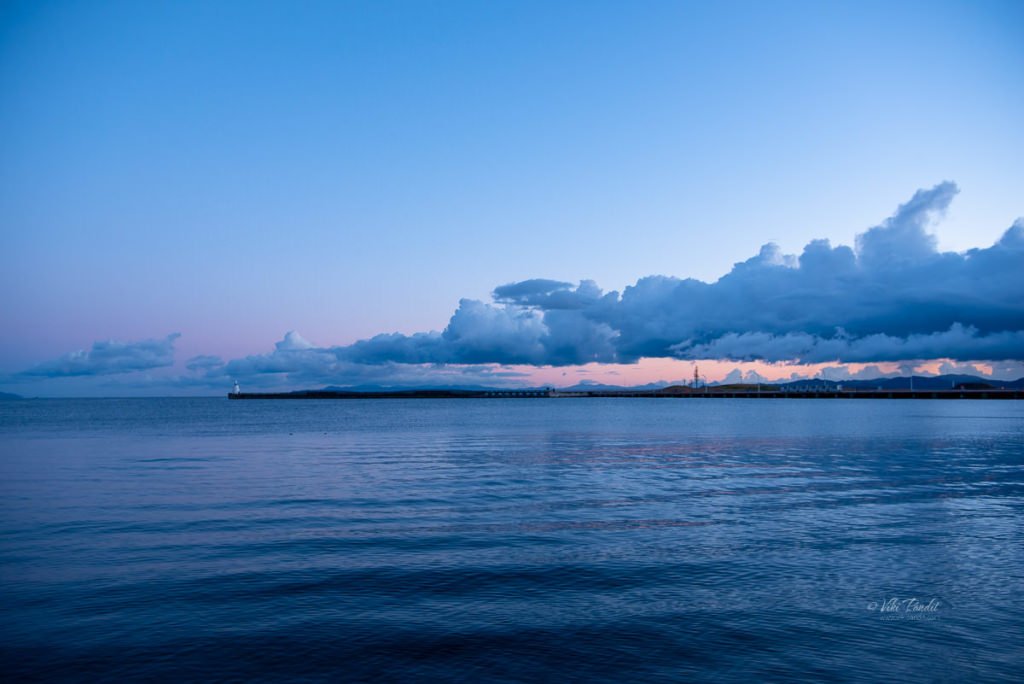Aomori is mainly known for producing apples, and inevitably, the area offers all kinds of apple-based culinary delights: warm apple juice, apple mousse and apple pies to name just a few. But I love the refurbished port area, which now offers the opportunity for beautiful walks by the water.
Journals

Nebuta Museum WA RASSE
The Nebuta Museum WA-RASSE is a facility that introduces the history and charms of the Aomori Nebuta Festival. At the museum you can experience every aspect of the festival. On display are 4 full-sized floats that participated in the festival in August, and Nebuta Faces that show the individuality of their respective creators

Fall leaves at Yamadera Temple
Yamadera (山寺) is a scenic temple located in the mountains northeast of Yamagata City.
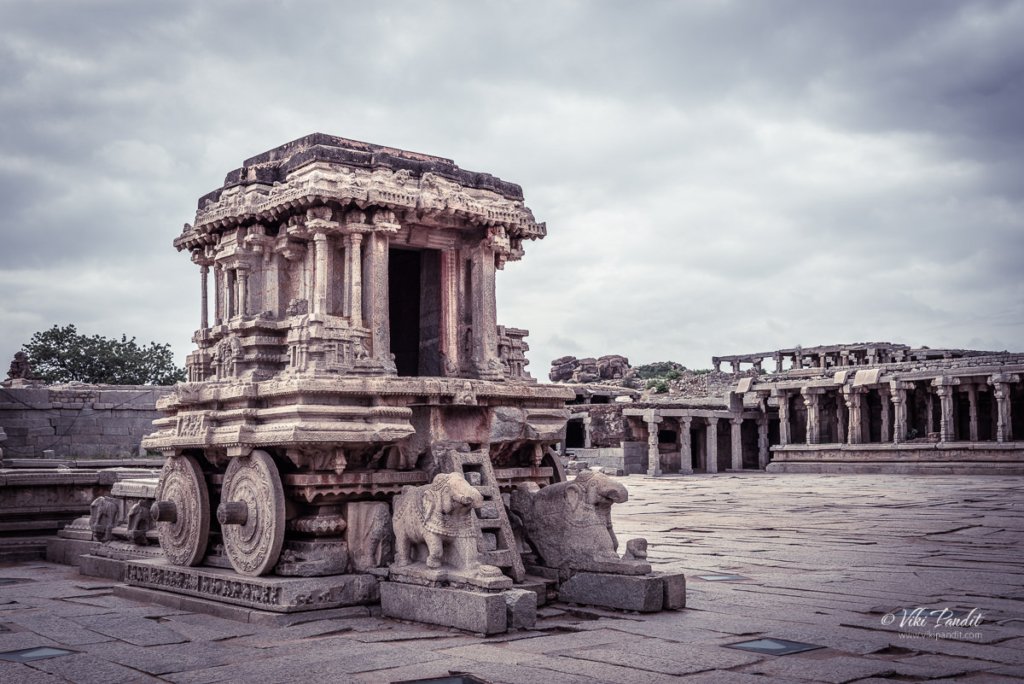
Photowalk to Vijaya Vittala Temple
A simple journal of my third visit to the heritage temple.

Monuments on Hemkuta Hill
Hemkuta hill with its gentle slopes offers a remarkable view of the sprawling ruins of Hampi. The hill contains many abandoned temples and boulder carvings scattered across along with two huge monolithic statues of Ganesha. It is also one of the best places to witness sunsets in Hampi.
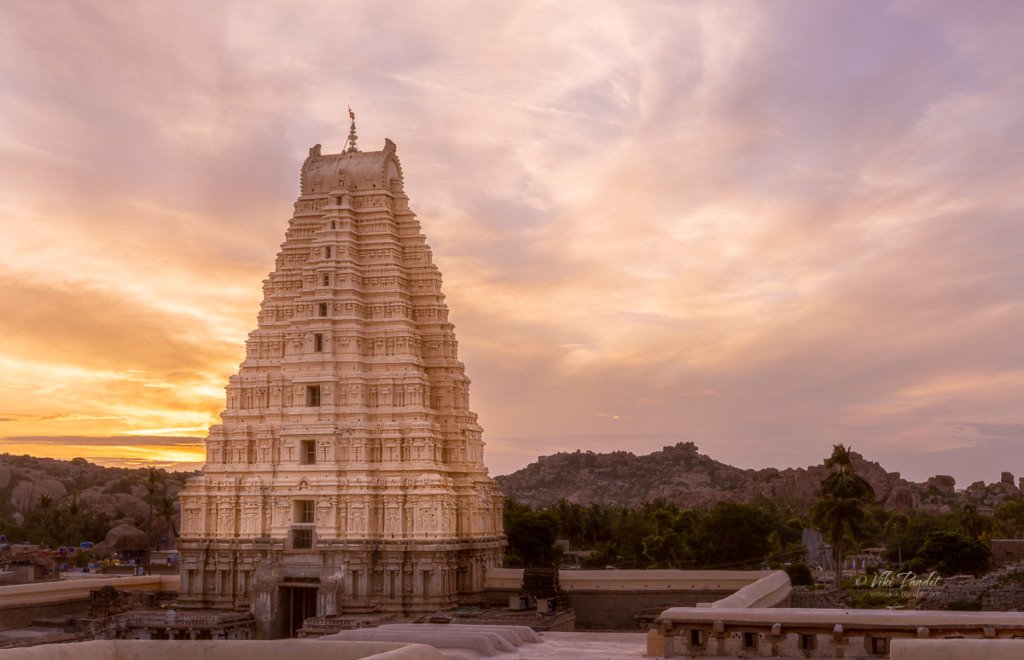
Shades of Virupaksha Temple
Virupaksha was the main center of pilgrimage at Hampi since the dawn of the 7th century. Since then this UNESCO World Heritage Site has been elaborated on by future rulers and especially Krishnadevaraya, the most famous kings of the Vijayanagara Empire, who commissioned the iconic nine-tiered gateway that we identify the temple with today.
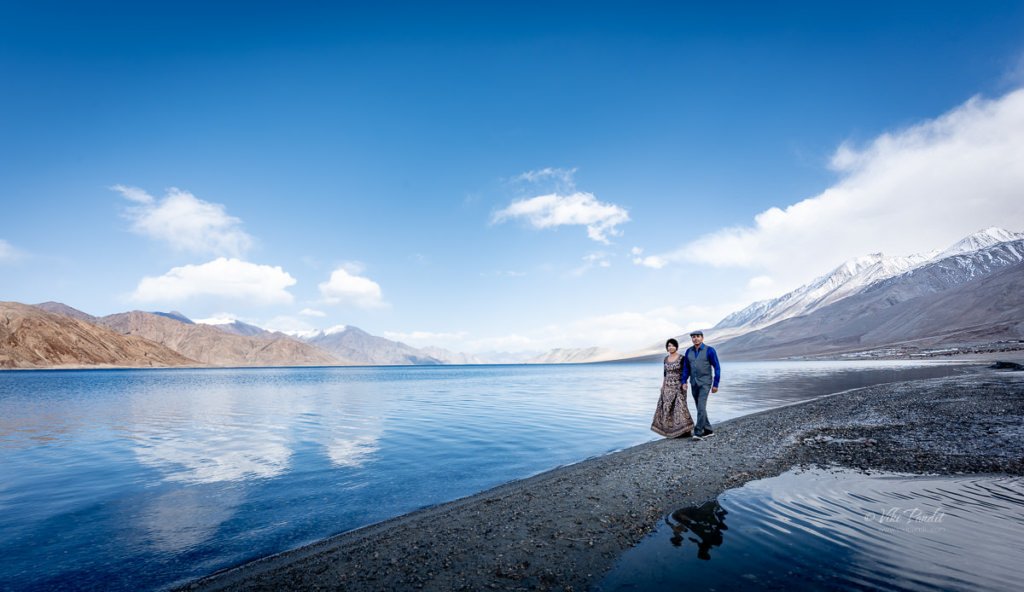
Blue waters of Pangong Tso
We are at the edge of Pangong Tso in the outer reaches of Ladakh at a height of about 4,350 m above seal level. The colors of Pangong lake change dramatically from a vivid blue to aqua green depending on the angle of the Sun. The beautiful lake is shared between the countries of Tibet and India.
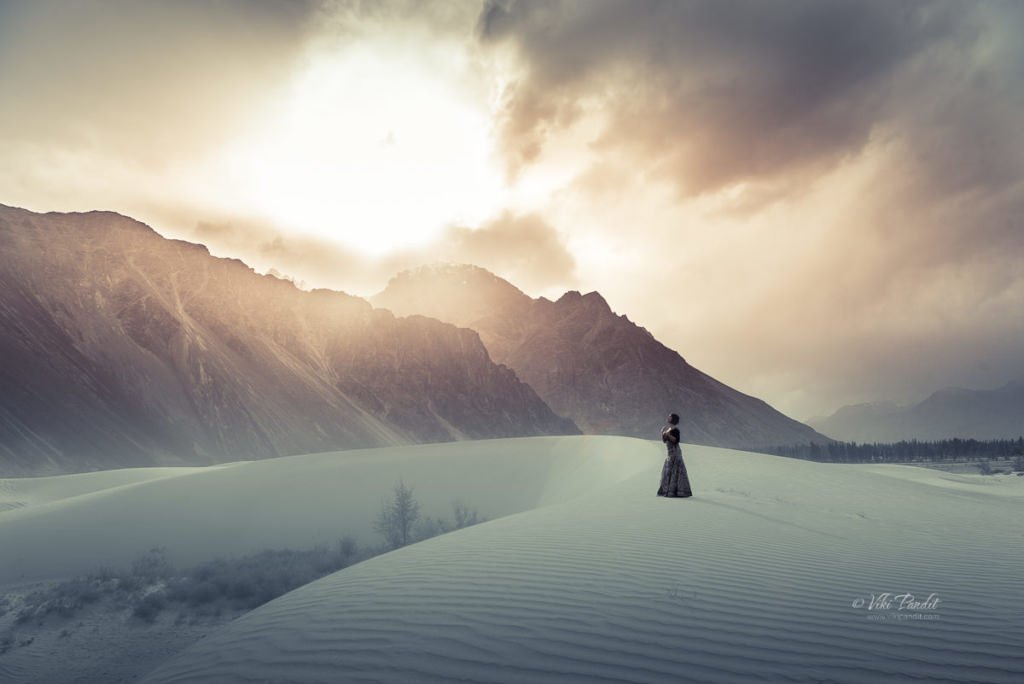
Dunes of Nubra
Today, we embark on a journey to Nubra, a cold desert situated at an elevation of 10,000 feet above sea level. The climate in this remote village can be quite unforgiving, particularly when the sun retreats behind the clouds. The robust breeze sweeps through, continuously rearranging the fine sands and reshaping the dunes in this rugged landscape.

Road to Khardungla Pass
The drive from Leh to Nubra Valley goes through Khardungla Pass, said to be one of the highest motorable road in the world. Goes without saying the view was just mesmerising as we motored along the golden mountains towards snow capped peaks. I’ve always had this desire to travel the world – but nothing beats exploring your own country.
